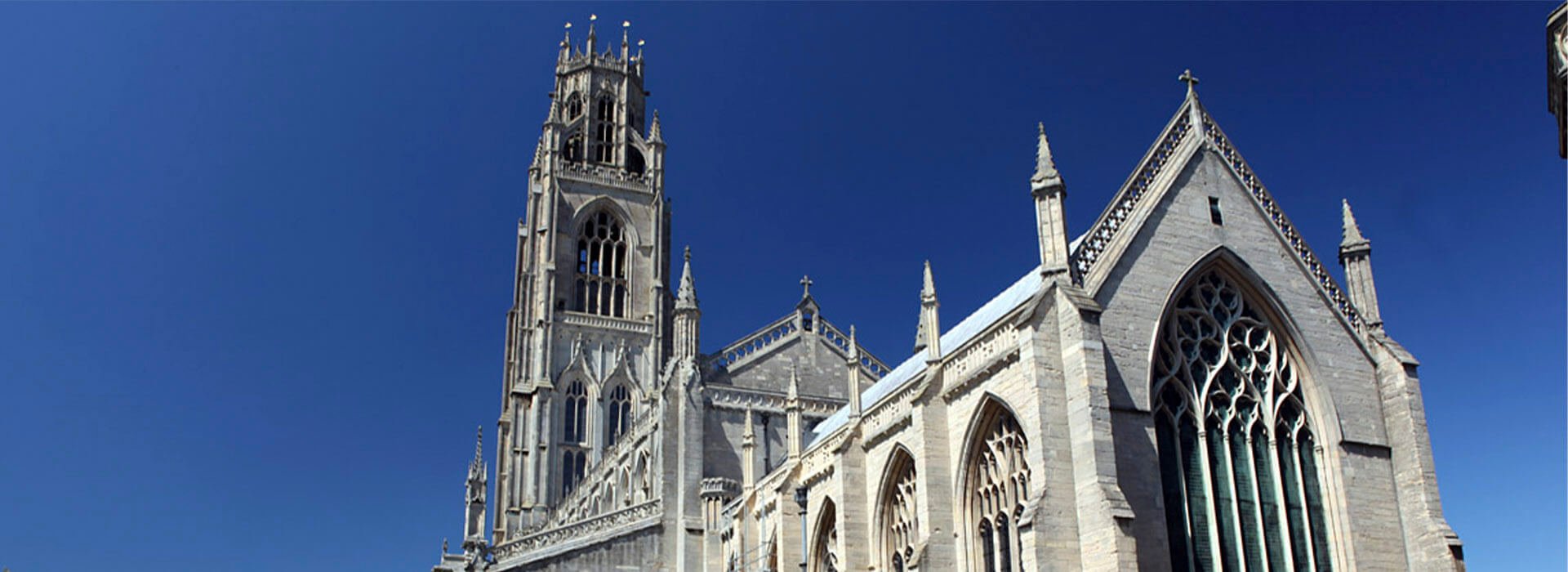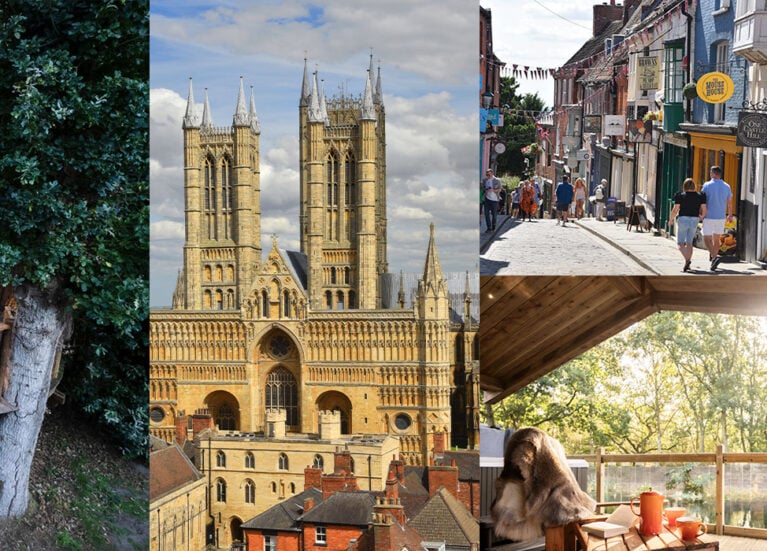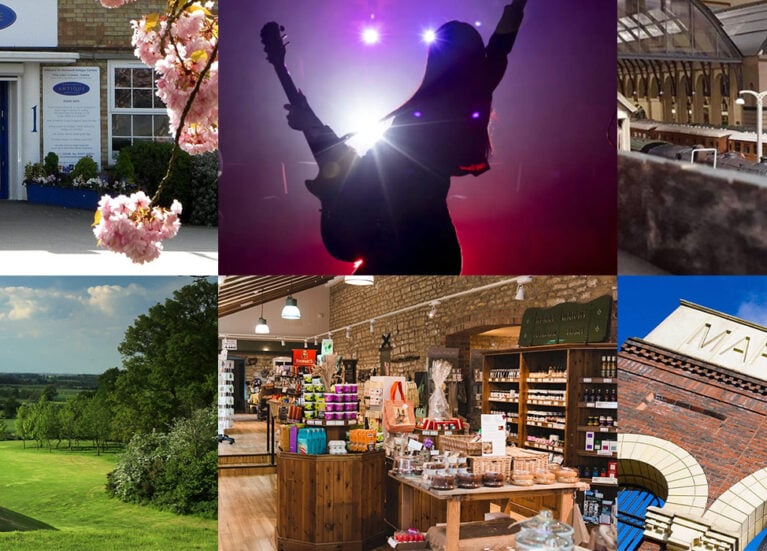Lincolnshire is a treasure trove of medieval marvels, where the echoes of knights, kings, monks, and masons still resonate through cobbled streets and stone walls. Almost every corner of the county can trace its roots back to the medieval period – or even earlier! Whether you’re a history buff, an architecture enthusiast, or simply a curious traveller, these standout attractions are guaranteed to transport you back in time.
Lincoln Cathedral
Why visit?
This soaring masterpiece of Gothic architecture is one of Europe’s finest cathedrals - and from 1311 to 1549 Lincoln Cathedral claimed the title of tallest building in the world!
Highlights:
Climb the tower for panoramic views, explore the Wren Library’s historic texts, and don’t miss the medieval carvings, especially the mischievous Lincoln Imp, hidden high among the stonework.
Did you know?
The cathedral’s awe-inspiring interiors doubled as Westminster Abbey in The Da Vinci Code. But the real mystery is how medieval masons achieved such dizzying heights with their bare hands and extraordinary vision.
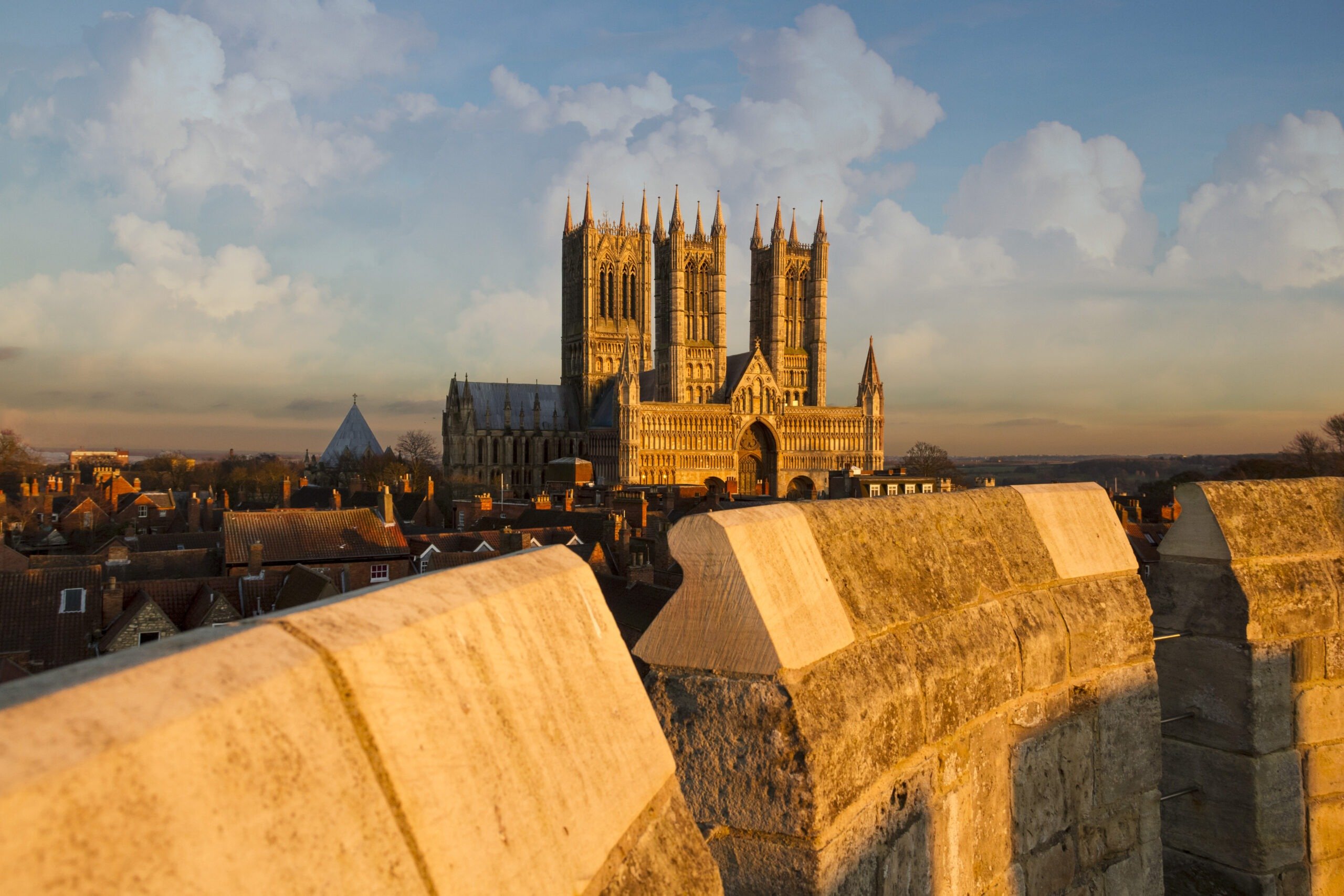
Lincoln Castle
Why visit?
Built by William the Conqueror himself in 1068, this formidable fortress has guarded Lincoln for nearly a thousand years. Today the castle walls remain and offer amazing views over Lincoln.
Highlights:
Walk the complete medieval wall for unrivalled views, visit the original 1215 Magna Carta, and step into the chilling world of the Victorian prison where gruesome tales can be found.
Did you know?
Lincoln Castle is one of only a few places in the world where a copy of both the Magna Carta and the Charter of the Forest can be seen together, telling the story of early civil liberties.
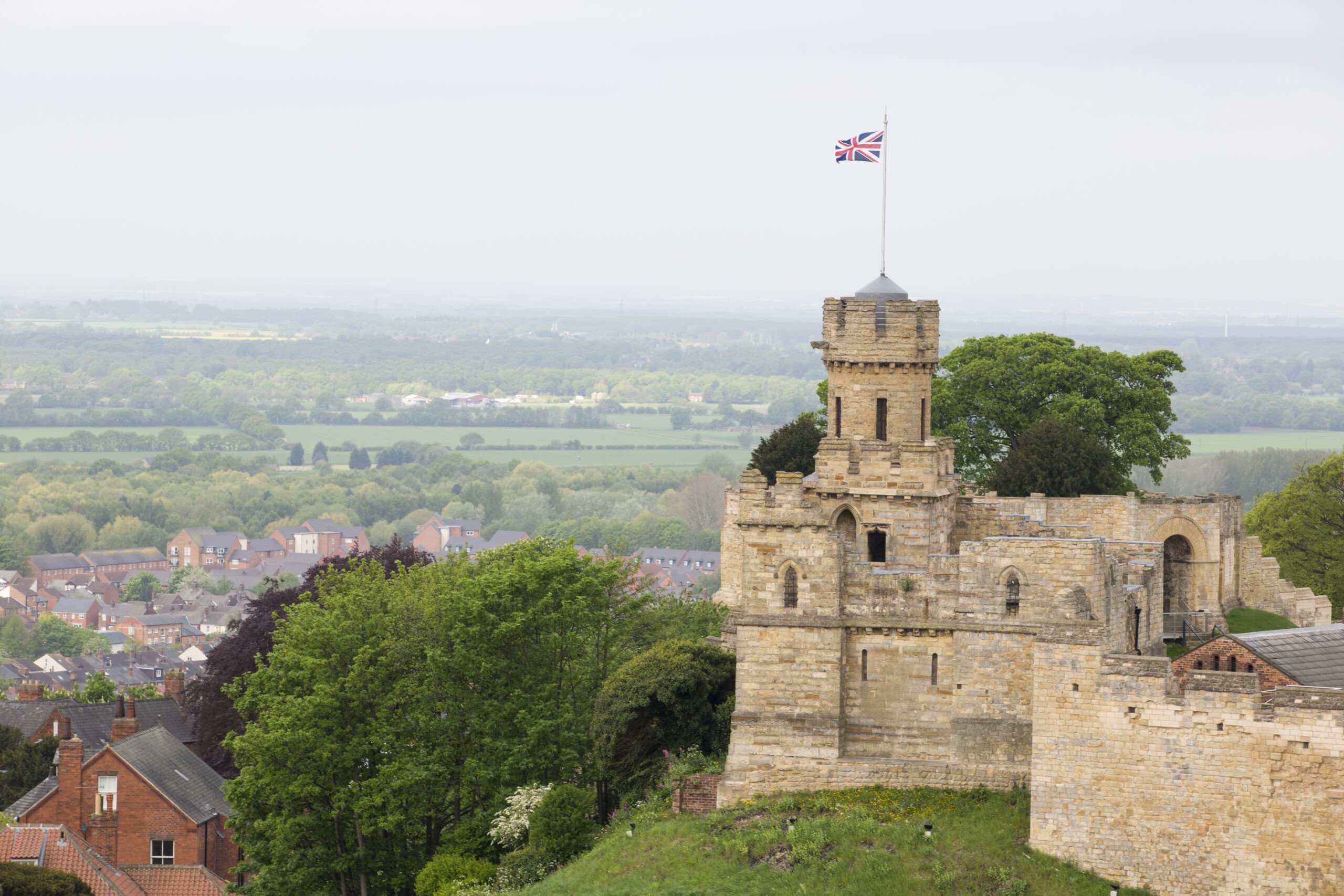
Tattershall Castle
Why visit?
This stunning red-brick tower rising from the Lincolnshire landscape is a proud symbol of 15th-century wealth and ambition.
Highlights:
Climb the spiral staircases, admire the enormous fireplaces that once warmed noble guests, and take in views from the battlements.
Did you know?
The Great Tower’s survival is owed to Lord Curzon, who rescued it from being dismantled and shipped to America in 1911 - an early act of British heritage preservation.
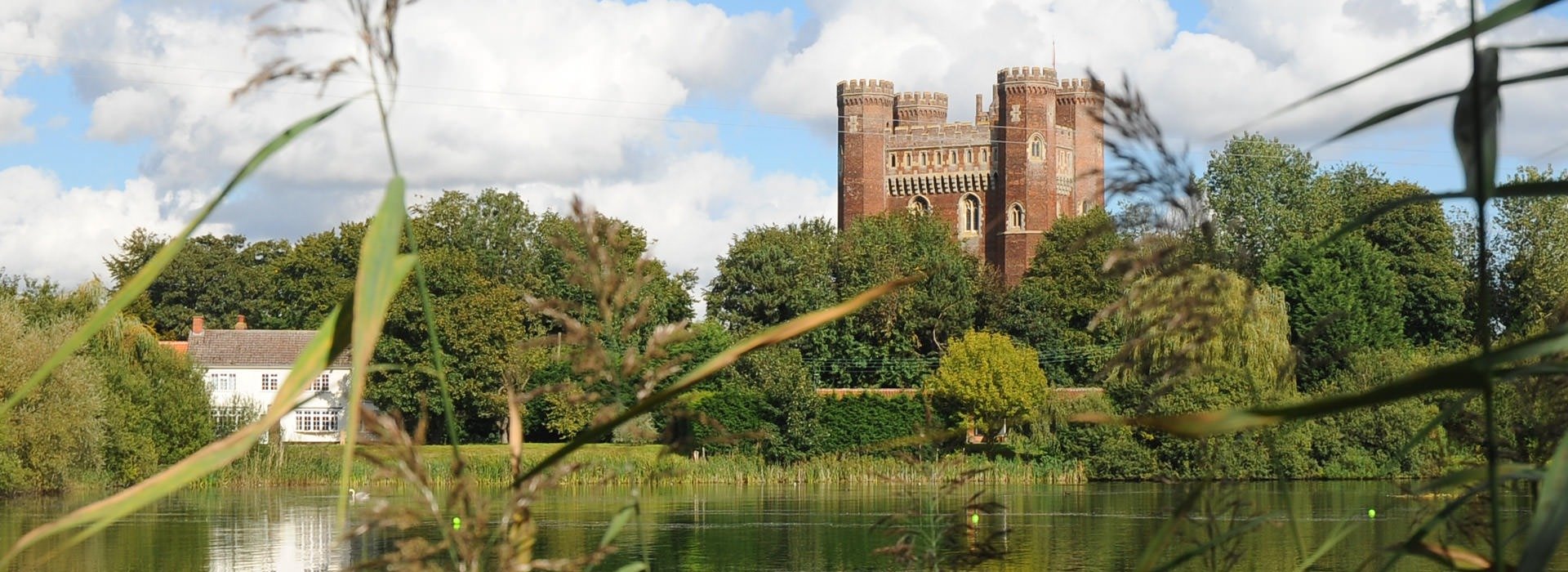
St Mary’s Guildhall, Lincoln
Why visit?
A rare glimpse into secular medieval life, this 12th-century stone building predates many English castles and cathedrals.
Highlights:
Its robust architecture and worn stone floors tell silent stories of royal visits and civic ceremonies.
Did you know?
It’s believed that Henry II used this building for his Christmas crown-wearing ceremonies in 1157 - a royal show of power in medieval England.
Gainsborough Old Hall
Why visit?
This grand manor is one of the best-preserved medieval halls in England - a vivid snapshot of noble life during the Wars of the Roses.
Highlights:
Marvel at the soaring Great Hall, explore the enormous medieval kitchen, and climb the tower for sweeping town views.
Did you know?
Richard III and Henry VIII are said to have visited the hall - imagine the political intrigue that once filled these rooms.
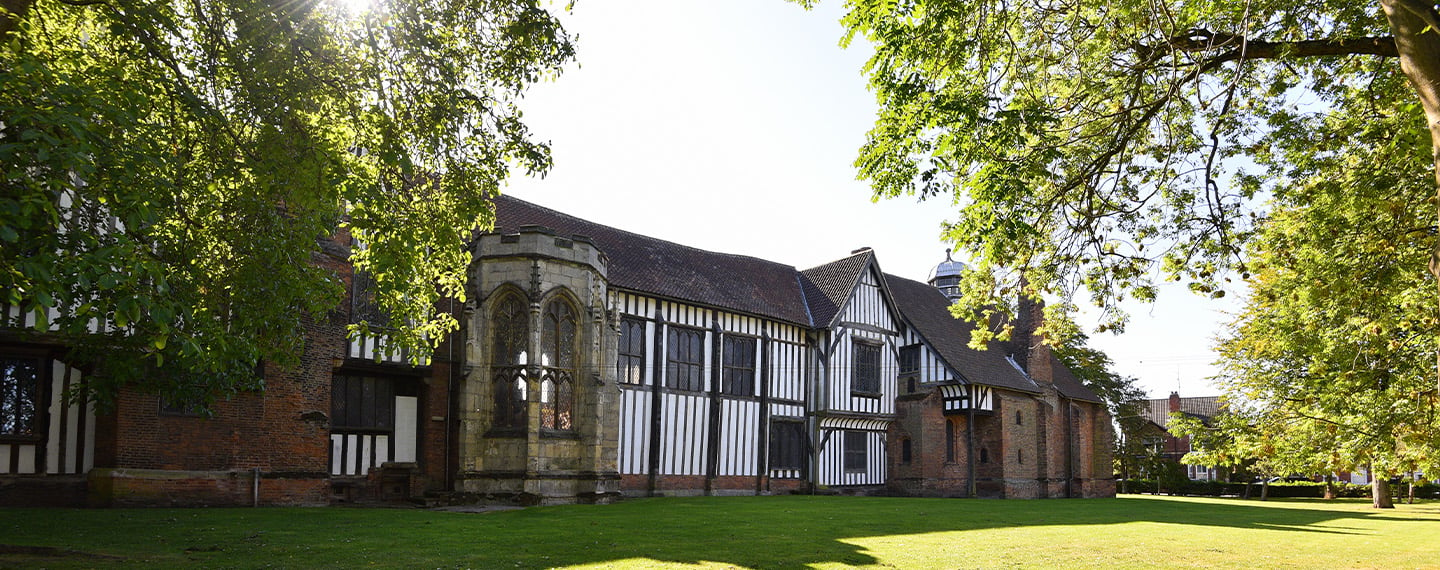
Crowland Abbey
Why visit?
Founded in the 8th century in honour of St. Guthlac, Crowland Abbey blends Anglo-Saxon roots with medieval magnificence.
Highlights:
Wander among the dramatic ruins, especially the ornate west front, and experience the living parish church that still serves the community.
Did you know?
Crowland was once a major pilgrimage site and is tied to the Croyland Chronicle, a vital medieval record penned by monks within its walls.
Temple Bruer Knights Templar Preceptory
Why visit?
Step into the shadowy world of the legendary Knights Templar - warrior monks and guardians of sacred secrets.
Highlights:
Climb the surviving tower, one of the few visible Templar remains in England, and ponder the mysteries of the order.
Did you know?
Temple Bruer was the second wealthiest Templar site in England, behind only London - its power and influence stretched far beyond these Lincolnshire fields.
Boothby Pagnell Manor House
Why Visit?
Discover one of England’s best-preserved small Norman manor houses. Explore authentic 12th-century architecture rarely found outside of castles or churches and enjoy the peaceful rural setting of Boothby Pagnell village.
Highlights:
The impressive first-floor hall and solar above a vaulted undercroft and original 12th-century stone fireplace with its ashlar hood.
Did You Know?
Boothby Pagnell Manor House may have connections to the early life of Sir Isaac Newton, who is believed to have visited the village during his studies in nearby Woolsthorpe.
Please note: The Manor House is a private residence - visits are by appointment only.
Bolingbroke Castle
Why visit?
These atmospheric ruins are free to explore and often host events that breathe new life into this 13th-century fortress.
Highlights:
Wander through moated remains and imagine the castle in its prime, echoing with knights' footsteps and courtly conversation.
Did you know?
Bolingbroke Castle was the birthplace of Henry IV, the first Lancastrian king of England - history was literally born here!
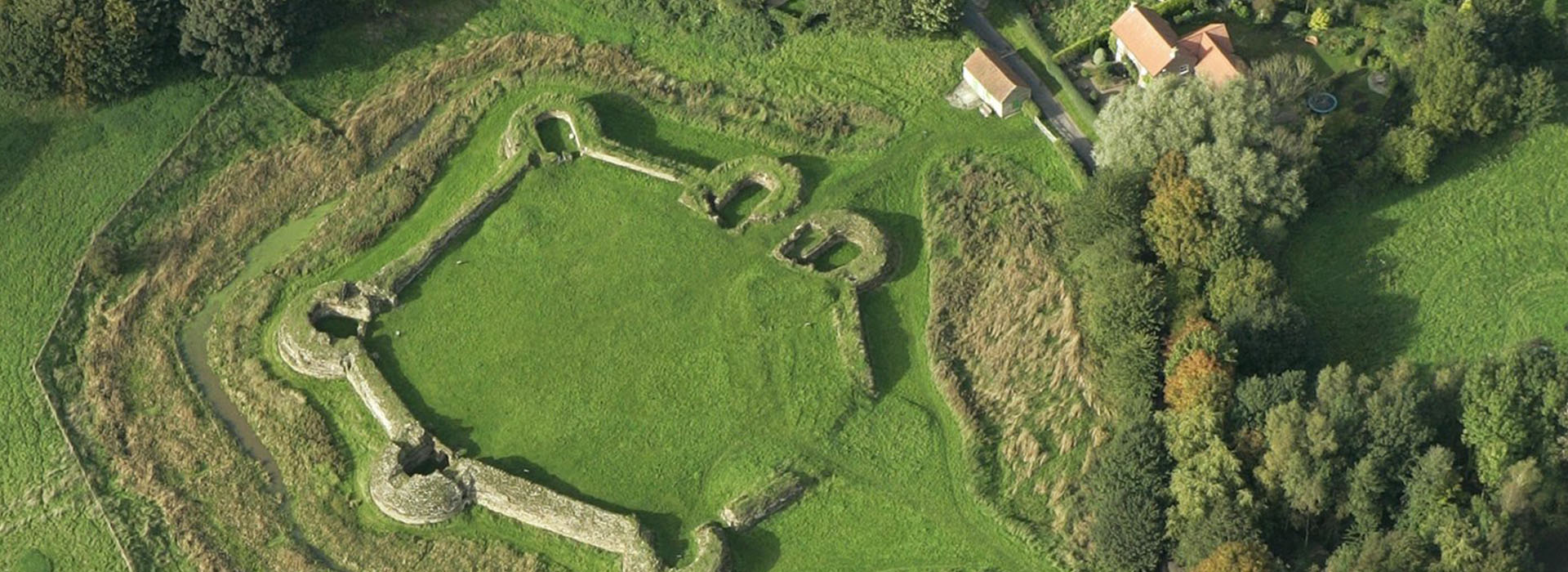
Boston Stump (St Botolph’s Church, Boston)
Why visit?
Towering 83 metres above the fenland, the Stump is one of England’s tallest parish churches and a beacon for pilgrims and seafarers alike.
Highlights:
Climb the tower, gaze through its stained glass windows, and learn how Boston’s medieval wealth helped shape this magnificent church.
Did you know?
The tower has served as a landmark for centuries - visible from miles away, it was a vital guidepost for travellers on land and sea.
